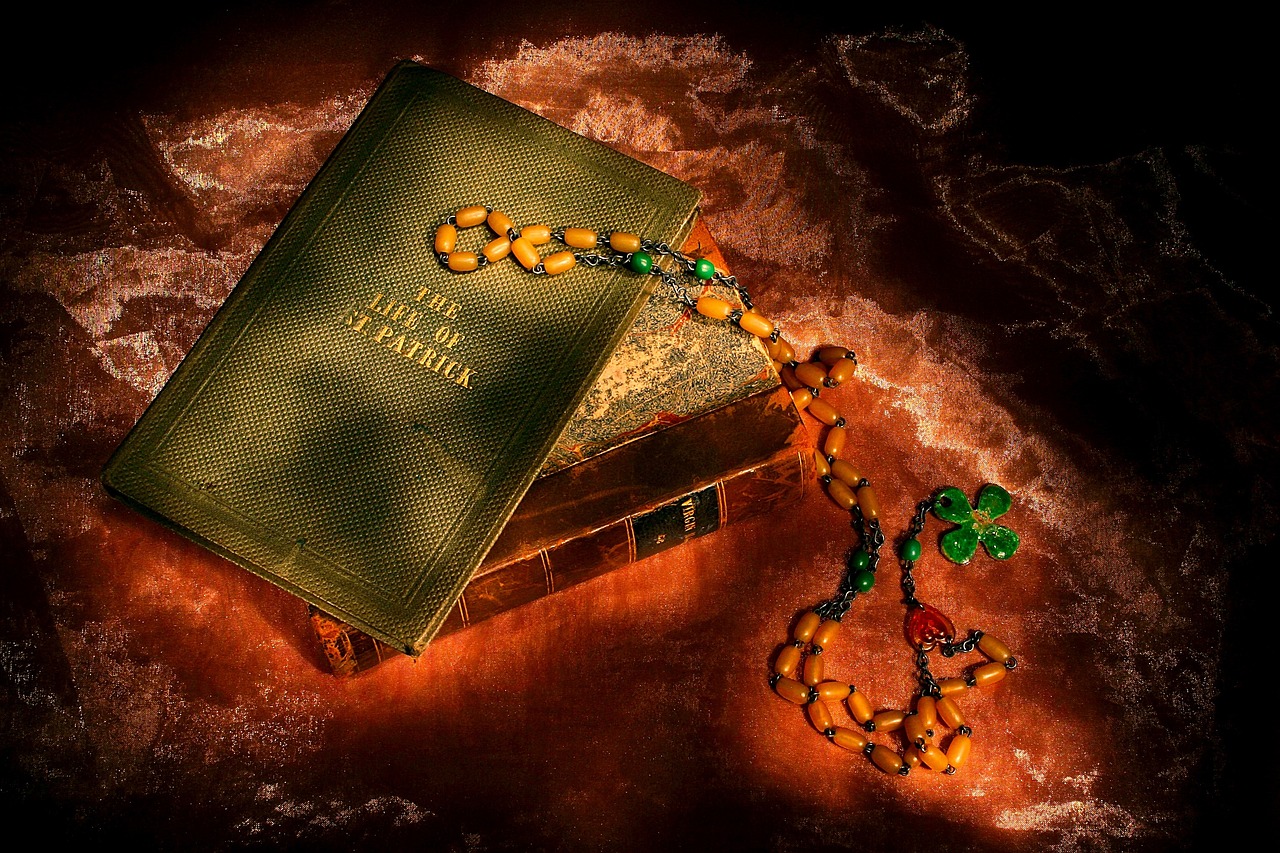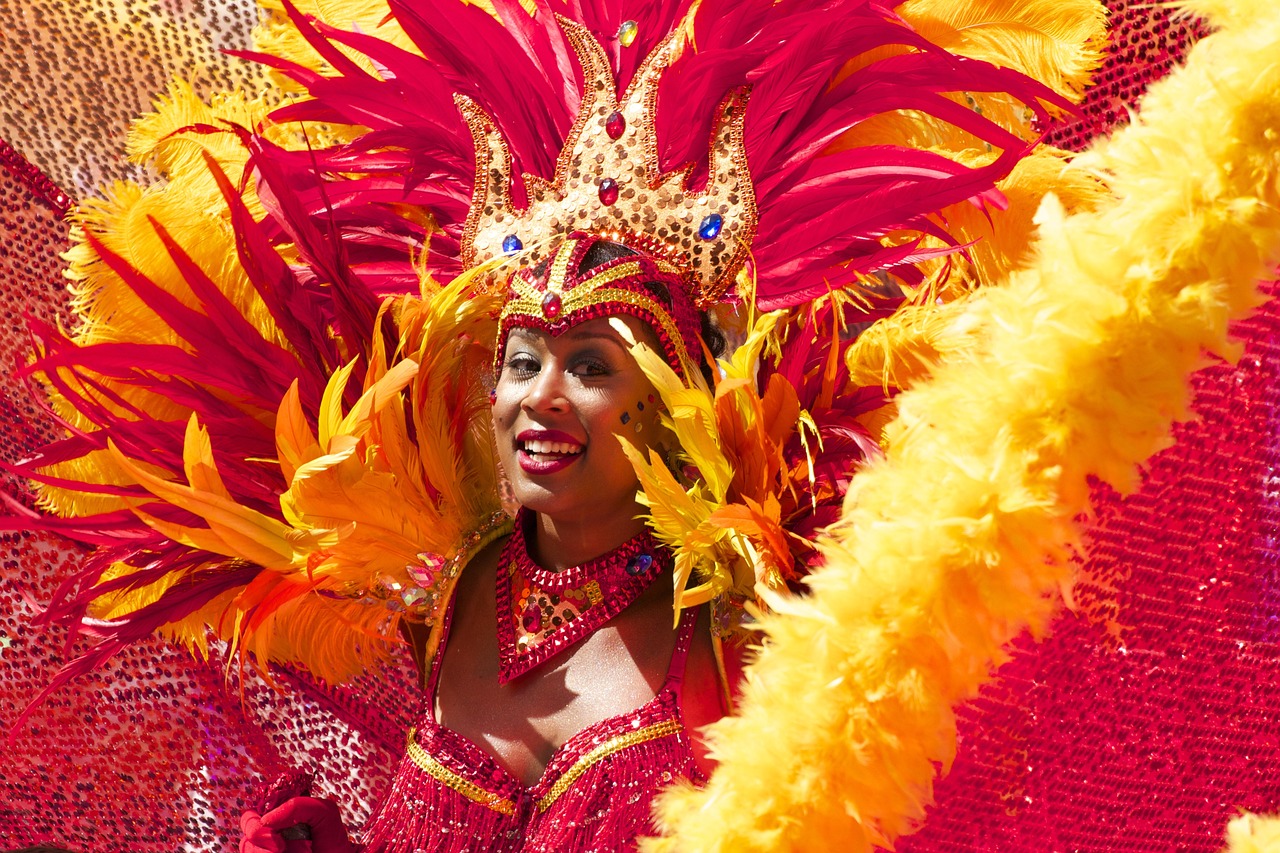St. Patrick’s Day, celebrated annually on March 17, is a day of revelry and cultural pride, observed not only in Ireland but across the globe. What began as a religious feast day honoring Ireland’s patron saint has evolved into one of the most widely recognized and exuberant celebrations in the world. People from diverse backgrounds partake in the festivities, which include parades, wearing green, enjoying Irish food and drink, and celebrating Irish culture in all its forms. But what is the true meaning behind St. Patrick’s Day, and how did it transform from a religious observance into the global party it is today?
The Origins of St. Patrick’s Day
St. Patrick’s Day has its roots in the religious history of Ireland. St. Patrick, born in Roman Britain in the 4th century, was kidnapped and brought to Ireland as a slave at the age of sixteen. After six years, he escaped and returned to his family, but he later returned to Ireland as a missionary. He is credited with converting the Irish people to Christianity, using the three-leafed shamrock as a symbol to explain the Holy Trinity—Father, Son, and Holy Spirit. He died on March 17, 461 AD, and this date eventually became a feast day in his honor.
Initially, St. Patrick’s Day was a religious occasion. Irish Catholics attended church services, reflecting on Patrick’s missionary work, and many communities observed a day of fasting and prayer. The festivities, as we know them today, didn’t gain traction until much later.

The Global Spread of St. Patrick’s Day
While St. Patrick’s Day was celebrated in Ireland, it wasn’t until Irish immigrants began arriving in the United States in the 18th and 19th centuries that the holiday began to take on its modern-day form. In America, Irish-Americans were eager to celebrate their heritage and culture, particularly in a time when they faced discrimination and prejudice. St. Patrick’s Day became a way to unite the Irish community, giving them a voice and a sense of pride.
The first recorded St. Patrick’s Day parade took place in New York City in 1762, organized by a group of Irish soldiers serving in the British Army. This parade was a modest affair compared to today’s grand processions, but it marked the beginning of a new tradition. Over time, these parades grew larger, incorporating marching bands, bagpipes, and floats, making St. Patrick’s Day an event for all to enjoy—not just those of Irish descent.
St. Patrick’s Day in the U.S. became a celebration of Irish culture, with an emphasis on parades, music, and dancing. As the Irish population grew, so did the enthusiasm for the holiday. Major cities like Boston, Chicago, and New York City began holding large-scale parades, attracting people from all walks of life. By the 20th century, St. Patrick’s Day was recognized not just as an Irish tradition, but as an American celebration of cultural diversity.
The Symbolism of St. Patrick’s Day
Central to the celebration of St. Patrick’s Day is the color green. This is tied to the lush, green landscape of Ireland, often referred to as the “Emerald Isle.” The color also symbolizes luck, and wearing green on St. Patrick’s Day is said to make one invisible to leprechauns—mischievous creatures in Irish folklore who would pinch anyone not wearing green. Over the years, the custom of wearing green has grown into one of the defining features of the holiday.

The shamrock, the three-leafed plant, also plays a prominent role in the symbolism of St. Patrick’s Day. As mentioned earlier, it was used by St. Patrick to explain the Christian doctrine of the Trinity. Today, the shamrock is a symbol of Ireland itself, representing the country’s natural beauty, its Christian heritage, and the spirit of Irish resilience.
In many parts of the world, another hallmark of St. Patrick’s Day is the enjoyment of Irish food and drink. While Irish cuisine may not be as globally renowned as other national cuisines, dishes like corned beef and cabbage, Irish soda bread, and shepherd’s pie are staples of the day. The day is also associated with the consumption of Irish drinks, especially beer, with many bars serving up pints of Guinness, the iconic stout beer.
St. Patrick’s Day Around the World
While St. Patrick’s Day is closely associated with Ireland and Irish Americans, it has become a global celebration. Major cities across the world, from Sydney to Tokyo, hold their own St. Patrick’s Day parades and events. In Dublin, the heart of the festivities, the city hosts a week-long festival featuring parades, concerts, street performances, and cultural displays. The world-famous parade, with its vibrant costumes and floats, draws thousands of visitors to the city each year.
One of the most famous global traditions is the annual dyeing of the Chicago River green. Since 1962, the Chicago River has been dyed a brilliant green to mark St. Patrick’s Day, drawing crowds who marvel at the unusual sight.

In other parts of the world, St. Patrick’s Day celebrations take on different flavors. In countries with large Irish expat communities, like Canada, the United Kingdom, and Australia, the holiday is often a blend of Irish customs and local traditions. In some regions, it’s also a celebration of Irish music, with folk bands and traditional dances taking center stage.
The Spirit of St. Patrick’s Day Today
At its core, St. Patrick’s Day is a celebration of Irish culture, heritage, and history. It’s a time to come together, regardless of nationality, and celebrate the rich traditions that have been passed down through generations. The day provides an opportunity to reflect on the enduring spirit of the Irish people, who have faced hardship and adversity throughout history but continue to thrive and share their culture with the world.
For many, St. Patrick’s Day represents the idea of unity and pride in one’s heritage, no matter where they come from. The holiday has become a symbol of inclusivity, with people of all backgrounds joining in the festivities. While the parades and parties may be a fun part of the day, the true essence of St. Patrick’s Day lies in its ability to bring people together and celebrate the shared joy of cultural exchange.
In the end, St. Patrick’s Day reminds us that there’s always something to celebrate—whether it’s history, culture, or simply the joy of being together. It’s a reminder that we are all connected, and that our shared traditions and customs can create moments of happiness, no matter where we are in the world.
